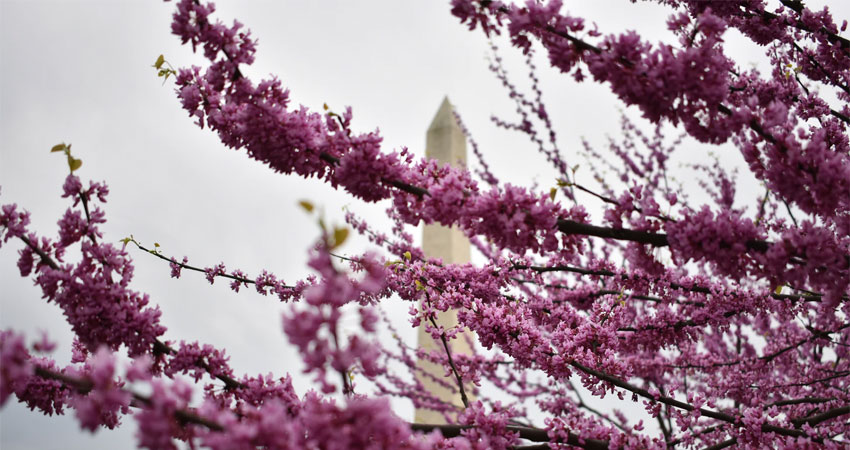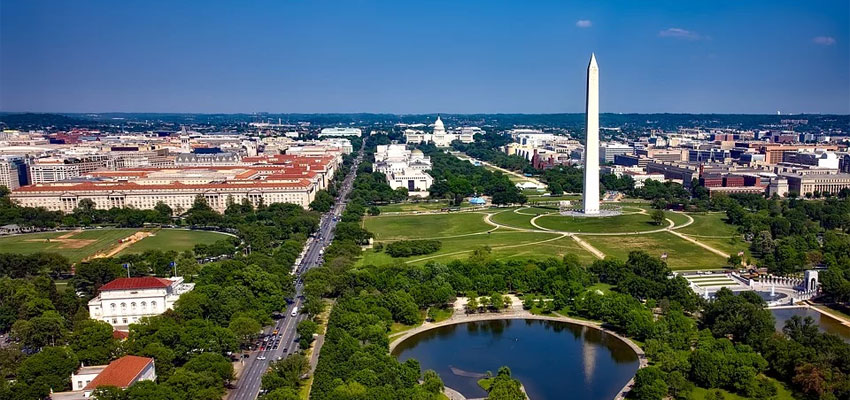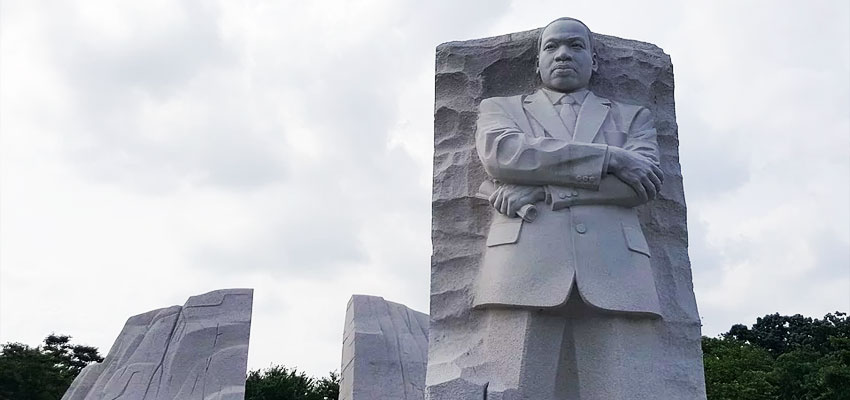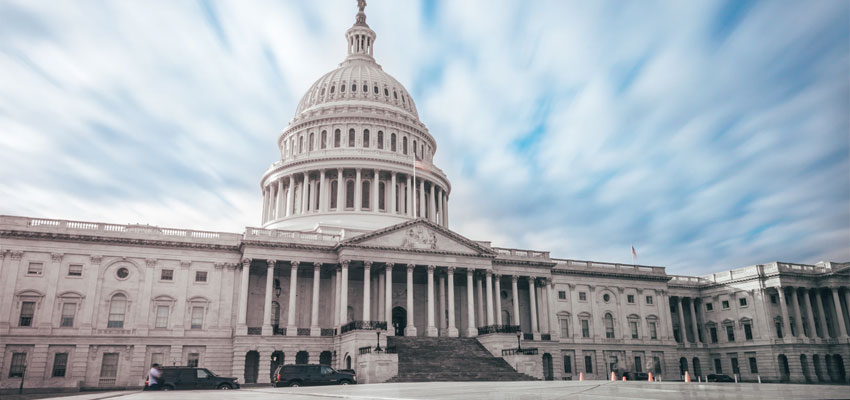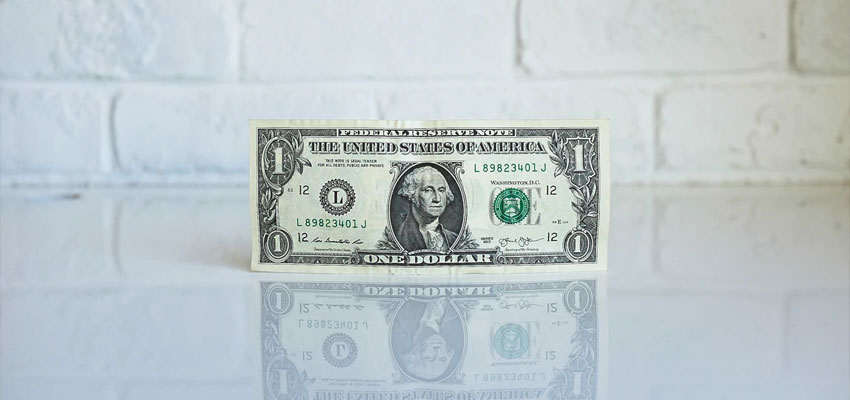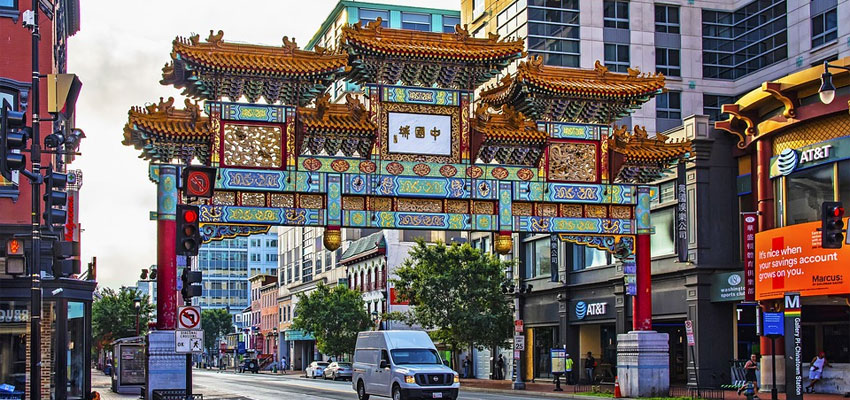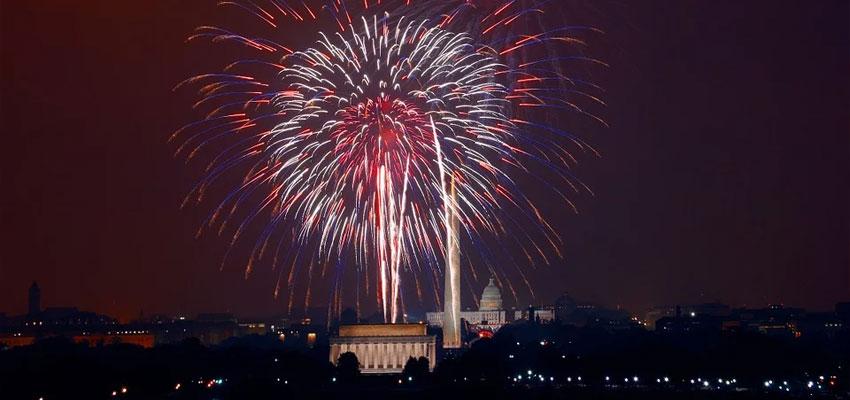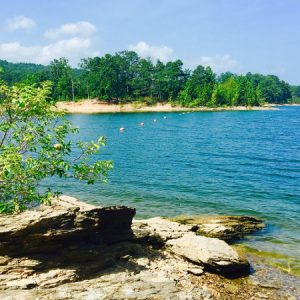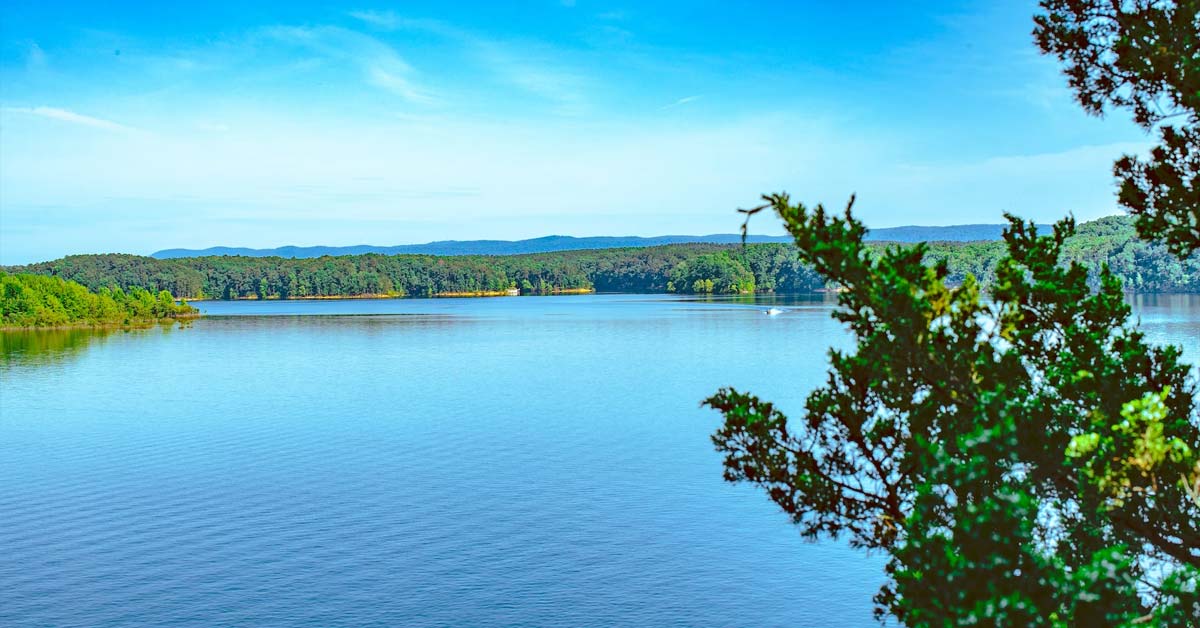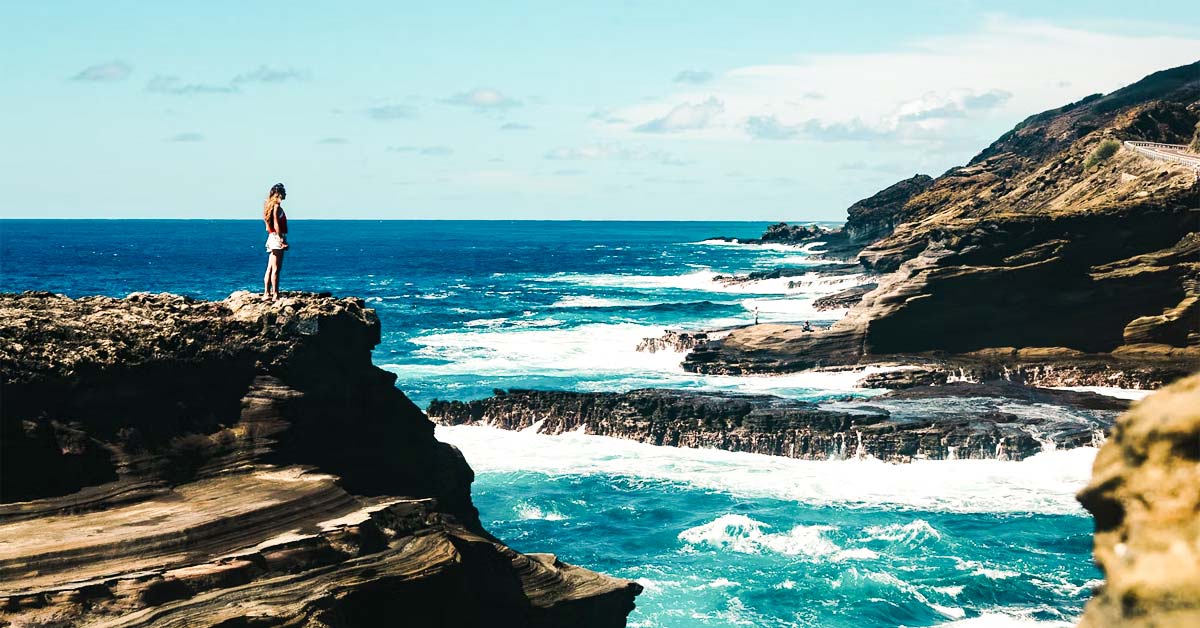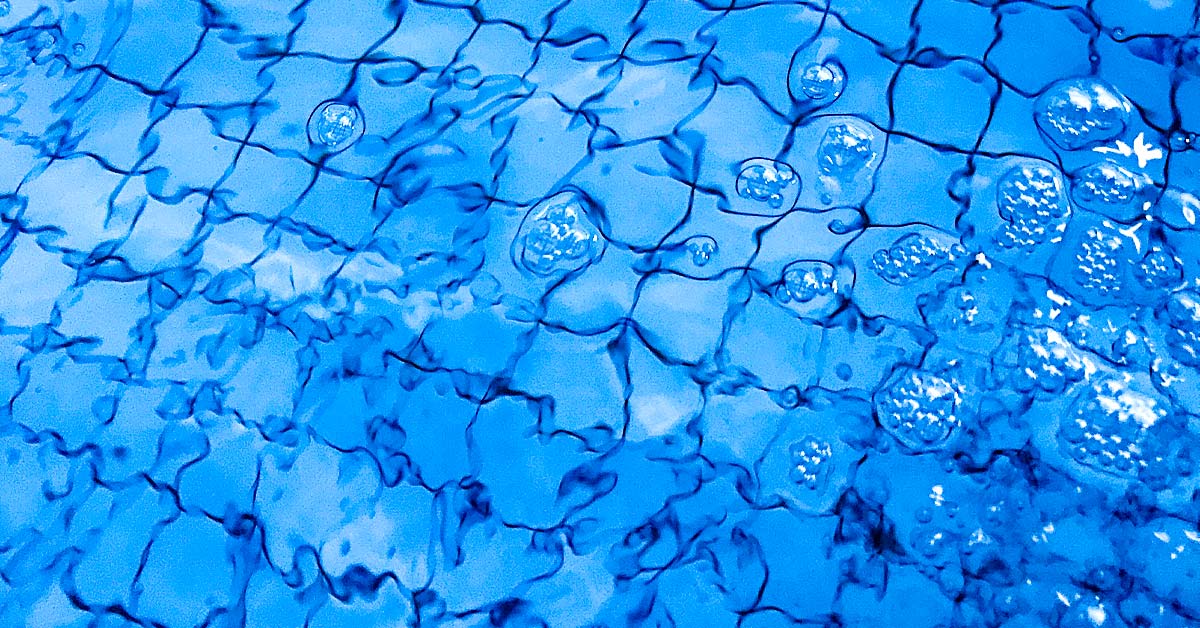Planning to visit the capital soon? You might be wondering about free things to do in D.C.
Well, you’re in luck, because that’s exactly what you’ll be getting today.
Washington, D.C. is among the 10 most expensive cities in the US, both to live in and to visit.
But don’t despair. There are plenty of things to do in D.C. that won’t cost you a thing.
10 Best Free Things To Do In Washington, D.C.
In this article, I give you the best free attractions and activities in Washington, D.C.; from the standard tourist spots to the unusual, hidden gems in our nation’s great capital.
1. Explore the National Mall.
The National Mall should be the first entry on the list of places to visit in D.C.
This historic mall offers plenty of free things to do in D.C., including various free museums, art galleries, memorials, and sculptures.
Bonus: The National Park Service offers free tours at most of these sites. Park rangers will take you on free walking and bike tours.
Here are the places you can visit within the National Mall proper, with major attractions in boldface.
- Washington Monument
- National Museum of American History
- Ulysses S. Grant Memorial
- United States Botanic Garden
- National Museum of the American Indian
- National Air And Space Museum
- Hirshhorn Museum and Sculpture Garden
- Arts and Industries Building
- Smithsonian Institution Building (“The Castle”)
- Freer Gallery of Art
- Arthur M. Sackler Gallery
- National Museum of African Art
- National Museum of African American History and Culture
- Floral Library
- US Holocaust Memorial Museum
- National World War II Memorial
- Constitution Gardens
- Vietnam Veterans Memorial
- Korean War Veterans Memorial
- Martin Luther King, Jr. Memorial
- Lincoln Memorial
- Franklin Delano Roosevelt Memorial
- Thomas Jefferson Memorial
The Washington Monument is the world’s tallest stone structure and obelisk, built to honor the first President of the United States.
Go up to the observation deck and gaze 25 miles into the horizon in every direction. Explore the Jefferson Pier and the Sylvan Theater on the grounds.
The Smithsonian Institution Building, more popularly known as the Castle, is an iconic red building that initially housed the entire Smithsonian Institution.
The Smithsonian has since expanded into plenty of museums around Washington, D.C. and as far as New York.
Today, the Castle housed James Smithson’s crypt, as well as a state-of-the-art visitors center, with 3D maps showing all 17 Smithsonian Institution properties in D.C.
There are also plenty of gardens all around the National Mall area proper, such as the Mary Livingston Ripley Garden, Kathrine Dulin Folger Rose Garden, Butterfly Habitat Garden, and the Heirloom Garden.
Going west from National Mall proper to the Potomac River, there are many more memorials to visit.
The US Holocaust Memorial Museum serves as a living memorial to the Holocaust, aiming to educate visitors on the atrocities of genocide and how we all should continue to uphold human dignity.
The heart of the museum is its permanent exhibition, a three-floor exhibit titled simply The Holocaust. It details a chronological timeline of one of the worst tragedies the world has ever known.
Over 16 million men and women served overseas and more than 400,000 perished during the Second World War. The National World War II Memorial honors these heroes of the Greatest Generation.
From here, look across the reflective pool and you’ll see the Lincoln Memorial, and look across 17th Street NW to see the Washington Monument.
The Vietnam Veterans Memorialis composed of the Three Soldiers statue, the Vietnam Women’s Memorial, and the Vietnam Veterans Memorial Wall containing more than 58,000 names of members of the US armed forces who fought, died in service, or were listed MIA during the Vietnam War.
All of the components of the Korean War Veterans Memorial, including its walls, 19 stainless steel statues, and Pool of Remembrance, are dedicated to the members of the US Armed Forces who served and sacrificed during the Korean War.
Dedicated to the best-known leader of the civil rights movement, the Martin Luther King, Jr. Memorial is inspired by a line in his famous “I Have a Dream” speech: “With this faith, we will be able to hew out of a mountain of despair, a stone of hope.”
Dr. King is depicted as the “stone of hope” in front of a “mountain of despair”: two large pieces of granite.
Incidentally, Dr. King delivered this famous speech on the steps of the Lincoln Memorial, characterized by marble columns inspired by ancient Greek temples.
Inside is a 19-foot tall statue of President Lincoln sitting down, seemingly gazing between the marble columns toward the reflecting pool.
The Franklin Delano Roosevelt Memorial in honor of the 32nd president of the United States is composed of four outdoor rooms representing each of President Roosevelt’s four terms as commander-in-chief.
Aside from learning about the time of the Great Depression and World War II, take in some of the best views of the Tidal Basin and the surrounding iconic cherry blossom trees that bloom in the spring.
It’s hard to miss the legendary marble steps and Ionic columns of the Thomas Jefferson Memorial. Inside is a bronze statue of Jefferson looking toward the White House, with walls containing words from his various texts.
2. Visit Capitol Hill.
Capitol Hill is the largest historic residential neighborhood in Washington, D.C., and home to the US Capitol, Supreme Court Building, Library of Congress, and many congressional office buildings.
The US Capitol Building is home to the US House of Representatives and Senate and known as the heart of American democracy.
You can book a free public tour at the US Capitol Visitors Center, though it’s highly recommended to reserve a tour date and time, especially during the spring and summer months.
If you want to see Congress in session, you can obtain free passes from your congressman if you’re a US citizen, and gallery passes if you’re an international visitor.
Visit the Peace Monument in honor of the naval deaths at sea during the Civil War, the Ulysses S. Grant Memorial, honoring the 18th US President, and the James A. Garfield Monument, honoring the 20th US President who was assassinated in the National Mall grounds (the actual site is near the National Gallery of Art).
The US Botanic Garden is one of the oldest botanic gardens in the US, offering a variety of exhibits, tours, and programs for visitors geared to educate the public about the importance of plants.
Visiting the Library of Congress is yet another free thing to do in D.C. It is the largest library in the world and home to more than 164 million items.
Marvel upon the splendid interior of the Thomas Jefferson Building and visit the exhibitions that regularly rotate.
Afterward, walk on over to nearby Folger Shakespeare Library, where you can find the world’s largest Shakespeare collection, as well as various cultural performances in the Folger Theatre.
The Supreme Court Building is open to visitors who can tour on a self-guided basis in the public portions of the building and take advantage of various educational programs and lectures.
3. Tour the White House.
The White House is the seat of power in the US and where every president except George Washington has lived.
All White House tours are free, but you need to make a public tour request through your member of Congress or through your embassy if you’re an international visitor at least 21 days and up to 3 months before the planned date of your visit.
The White House Visitor Center, however, is open to all. It features a large-scale model of the White House, interactive exhibits, and a retail shop.
President’s Park is also open to visitors, who can tour through the northern trail to Lafayette Park, or through the southern trail onto the Ellipse. Both ways offer plenty of sights to see.
4. See how money is made.
Ever been curious to see how your money is made?
The Bureau of Engraving & Printing offers free guided tours for everyone to see how money is made from printing, cutting, and counting.
The guides educate guests on US currency and some will even allow you to smell the money.
Tickets are required for the tour March to November and distributed at a first-come, first-served basis.
5. Sightsee in Penn Quarter and Chinatown.
Can’t get enough of museums? Gaze at the art at the National Portrait Gallery, American Art Museum and learn about the history of US law enforcement and solve a crime or two at the National Law Enforcement Museum.
Take a photo at the Friendship Archway and stroll down the H and I Streets NW and a few blocks between the 5th to the 8th Streets NW to take in Chinatown and all the sights and sounds.
In the evening, try to catch a show or a sports match at the Capitol One Arena, which hosts world-class sporting events, concerts, and family shows.
Or if theatre is more your speed, catch Shakespeare Theatre Company’s Free For All at the Sidney Harman Hall if you happen to be in town when it’s playing.
6. Walk along Embassy Row.
Walking around picturesque streets is one of the best free things to do in D.C., and Embassy Row on Massachusetts Ave. between Dupont Circle and Observatory Circle is as picturesque as they come.
The best time to be in Embassy Row is during Passport DC when embassies of more than 50 countries in five continents will be open one weekend each spring (in 2020, it will be on the first Saturday of May) to the general public for one big open house.
The embassies will offer free admission to their embassies, along with activities to showcase their culture and traditions, such as exhibitions, performances, and sometimes even cooking demonstrations.
Outside of this weekend, you can still stroll along Embassy Row and marvel at all the lovely mansions in this neighborhood.
Stop for a break on the Spanish Steps for a short photoshoot and a quick bite next to a small fountain. You might even catch a couple getting married here.
7. Take a stroll through Georgetown.
Georgetown is one of the oldest neighborhoods in Washington, D.C.; in fact, it predates Washington, D.C. by nearly 100 years.
It’s a place where the classic and the modern combine in a beautiful combination.
Take a leisurely stroll on the tree-lined streets in the East and West Villages and marvel at feature historic rowhouses that date back to the 18th and 19th centuries.
Relax your pace for a bit along C&O Canal, or make your way up Wisconsin Avenue toward Book Hill and browse through the many shops and art galleries.
Spend the afternoon at the Georgetown Waterfront Park overlooking the Potomac. You can cycle your way around by renting one of the public bikes located around the vicinity.
End the day by catching the sunset at the Graffiti Cliffs near the Key Bridge, where you can find a stunning view of the Potomac as well as the skyline of Arlington, Virginia among colorful DIY art.
8. Learn all about animals and plants.
While the US Botanic Gardens is an indoor museum, the National Arboretum is an outdoor museum where a stunning collection of plants, such as conifers, Japanese bonsais, and ornamental flowers, especially azaleas.
Take plenty of photos on the National Capitol Columns, quite possibly one of the most Instagram-worthy places in Washington, D.C.
On the other side of the city, on the southern end of Rock Creek Park, the National Zoo houses many different kinds of animals from 300 different species cared for by world-class zoologists and veterinarians, as befitting a global research and conservation facility.
9. Go to one of the many summer activities.
From Memorial Day weekend through Labor Day, there are plenty of free things to do in D.C., mostly outdoors to take advantage of the fine weather.
For instance, there are free musical performances all over the District, such as in the West Lawn of the US Capitol for every summer holiday, various parks, and every evening at 6 P.M. at the John F. Kennedy Center for the Performing Arts.
You can go to outdoor movie screenings at several venues, many of which have beautiful scenery. A few venues include Georgetown Waterfront Park, Alethia Tanner Park, Canal Park, and Farragut Park.
Summer is the perfect time for some water-themed fun, with splash zones such as the Yards Park‘s basin and dancing fountains, Canal Park‘s interactive fountain, and Petworth‘s spray park.
The Fourth of July is marked with fireworks all around the country, and the National Mall is one of the best (not to mention free) places in the country to watch them.
10. Discover Anacostia.
Anacostia is one of Washington D.C.’s oldest suburbs, formerly known as Uniontown. The neighborhood has been predominantly African American since the late 1950s.
This historic district has a unique collection of late-19th century and early-20th century small-scale frame and brick working-class housing.
Visit the Frederick Douglass Historic National Historic Site, honoring one of the most prominent African American leaders in the 19th century. His home on Cedar Hill is available to be toured for $1.00, but you can also just roam the grounds and take in the view of the Anacostia neighborhood.
Make your way over to the corner of Martin Luther King Jr. Ave and V Street SE to have your photo taken with the Big Chair, the world’s largest chair.
Head over to the Anacostia Community Museum to learn about the history and experiences of the surrounding African American neighborhoods and look closely at the social and cultural issues occurring within urban communities.
If you’re a poetry buff, you can go to the American Poetry Museum, dedicated to collecting, interpreting, and presenting American poetry, with the greater aim of the continuation of poetry as a literary art and tool for education.
You can also explore sections of the Anacostia Riverwalk Trail, a 20-mile trail system that runs on both sides of the Anacostia River. You can find an updated map of the Riverwalk Trail here.
Additional Resources
For more information about places in Washington, D.C. to visit, see these additional resources.
- Smithsonian Institution
- Official Tourism Site of Washington, D.C.
- National Parks in the District of Columbia
Which of these free things to do in D.C. are you going to do?
As you’ve seen, there are plenty of things to do and places to go in D.C. that don’t cost a thing.
Which ones are you interested in doing first?
Share it with us in the comments!

